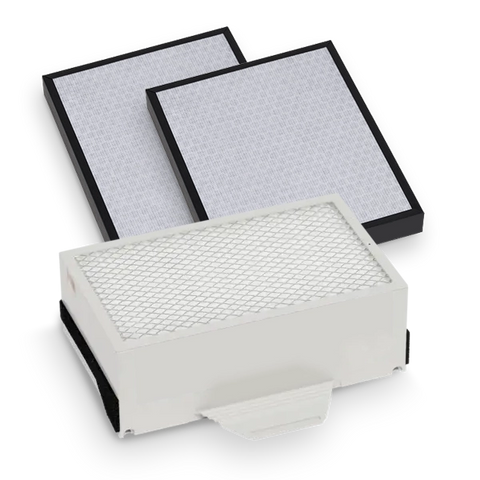
Each year since 2000 the American Lung Association (ALA) has published their “State of the Air” report. Recently the ALA released the 2025 edition filled with information about air quality across the United States. Here’s an overview of what they found.
Air Pollution Is Still A Growing Problem
Despite efforts to curb air pollution sources, environmental circumstances have made air pollution levels worse. Incidents such as wildfires have been made worse due to extreme heat and drought conditions. All of these combined to make particle pollution and ozone levels a problem for larger areas of the United States. Per the ALA unhealthy levels of ozone and particle pollution now affect almost half of the entire United States population (156.1 million people).
Particle Pollution Is Still A Problem
The report looks at both short and long term particle pollution levels. Short term particle pollution spikes have been mostly tied to wildfire activity across the country. Due to the nature of wildfire smoke to drift across far distances, more people are being exposed to smoke particles than in previous years. 2024 saw the most ever recorded number of particle pollution days in the “very unhealthy” range.
In regard to year-round particle pollution levels the ALA reports that over 85 million people live in areas with high particle pollution levels. This is actually an improvement over last year’s report which found 90.7 million people were affected. Unsurprisingly the ALA found that particle pollution sources such as highway traffic, burning fossil fuels, oil/gas drilling, and heavy industry were the biggest causes of air pollution.
Ozone Pollution Is On The Rise Again
After years of declining levels, unfortunately ozone pollution is on the rise again. The ALA estimates that nearly 125 million people live in areas with unhealthy levels of ozone. Some areas saw large swings in ozone levels to the detriment of health conditions. Wildfires were a large part of the reasons behind these rising ozone levels. High temperatures combined with wildfire generated pollutants to create the perfect ozone forming conditions.
What Can We Do?
So how can we stop air pollution? The ALA stresses protecting the U.S. Environmental Protection Agency (EPA) as a major tool in the fight against air pollution. It is through the EPA that the ALA is able to access air pollution monitoring data that keeps the public informed. Recent staffing cuts at the EPA jeopardize the collection of this data. The EPA is also part of preventing pollution at the source through planning, inspections and regulatory guidelines.
At home Intellipure recommends using a high-quality portable air purifier like the Intellipure Compact. The Compact uses DFS (Disinfecting Filtration System) technology to capture particle pollution as well as mold, bacteria, and viruses as small as 0.007 microns. The Compact is third party tested to meet or exceed the HEPA standard. It is ideal for bedrooms, offices, nurseries, or any other space up to 500 sq ft.








